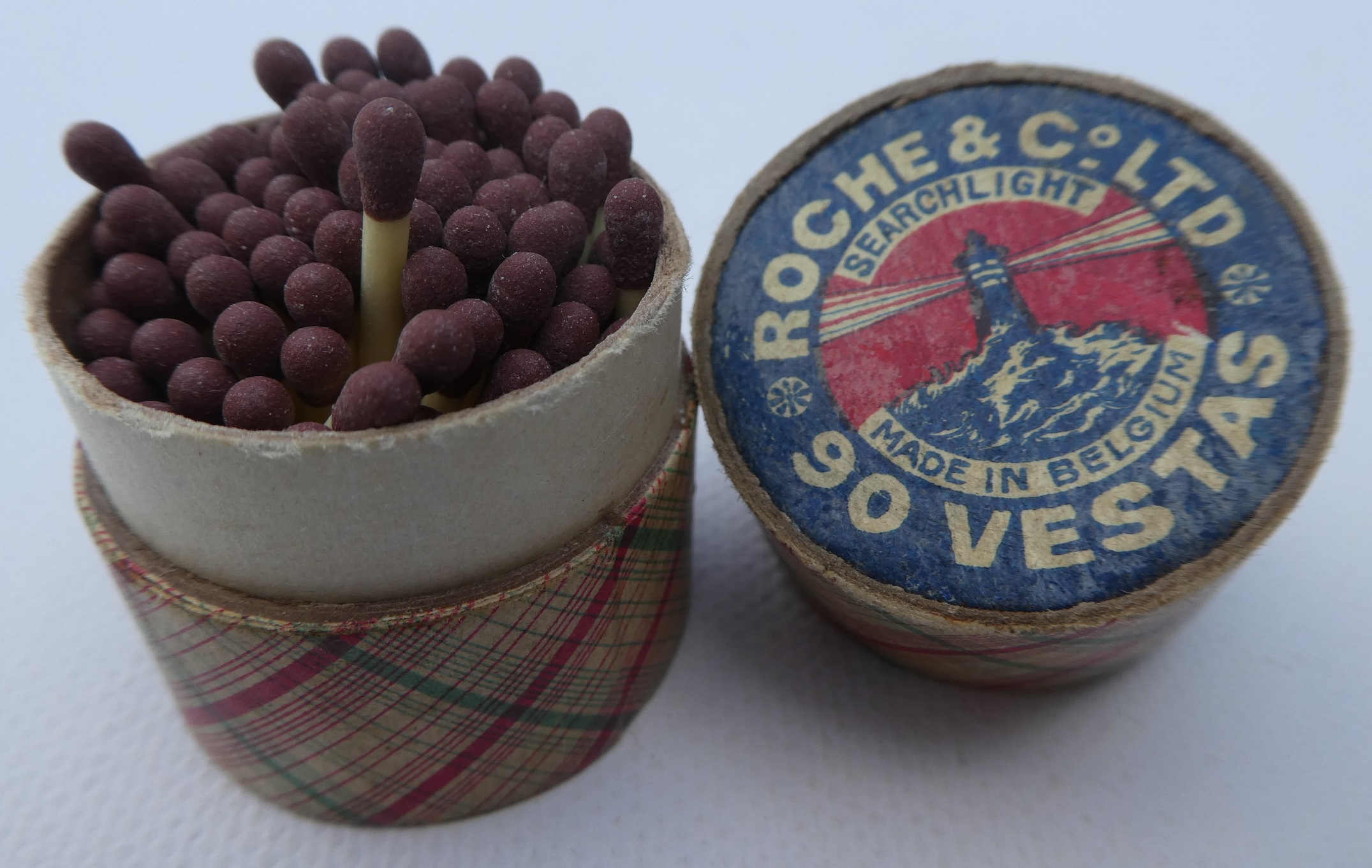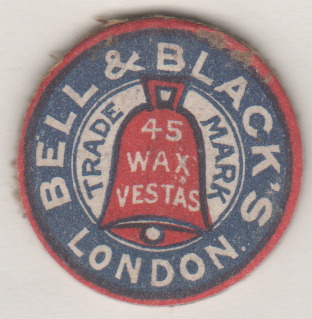A person who engages in the hobby of phillumeny.
Any modern comprehensive English dictionary will include a definition of phillumenist though few list phillumeny. Even authorities such as Encarta include a definition of phillumenist. The etymology is from the Greek philo- (love) and Latin lumen (light). The word was coined by Mrs Marjorie S Evans in 1930s.
Some phillumenists attempt in vain to reject this appellation on the grounds they are not “light lovers”. In this they fail to grasp the construction of this English word.
Consider the etymology of a similar English word philately from the French philatélie which is constructed from Greek philo- (love) and Latin ateleia (exemption of toll). No one uses the term philatelist for a tax evader. The exemption of toll recognises that the introduction of postage stamps made the sender responsible for the cost of carriage freeing the receiver from a charge (exemption of toll) that had been the practice before postage stamps. A collector of stamps “likes” (philo) carriage paid receipts (ateleia). So why don’t stamp collectors just call themselves stamp collectors? Some do, but philatelists collect other items associated with stamps such as first day covers, booklets, etc.
Now consider “matchbox label collectors” who call themselves “matchbox label collectors”. Few if any confine themselves to collecting matchbox labels alone because they will include in their collections other items such as skillets, packet labels (these are match labels, not matchbox labels), complete matchboxes, matchbook covers. It is disingenuous for these “matchbox label collectors” to declare that phillumenist doesn’t describe their activity just because they don’t fully appreciate the derivation and accepted meaning of the word.
As well as many English dictionaries recognising the word phillumenist, we must acknowledge that phillumenist has entered many other languages in forms English speakers will readily recognise such as: philuméniste, fillumenista, Filumenist, филуменист. Phillumenist is a truly international term. Phillumenists should be proud to call themselves Phillumenists. No other one word better describes their hobby.




